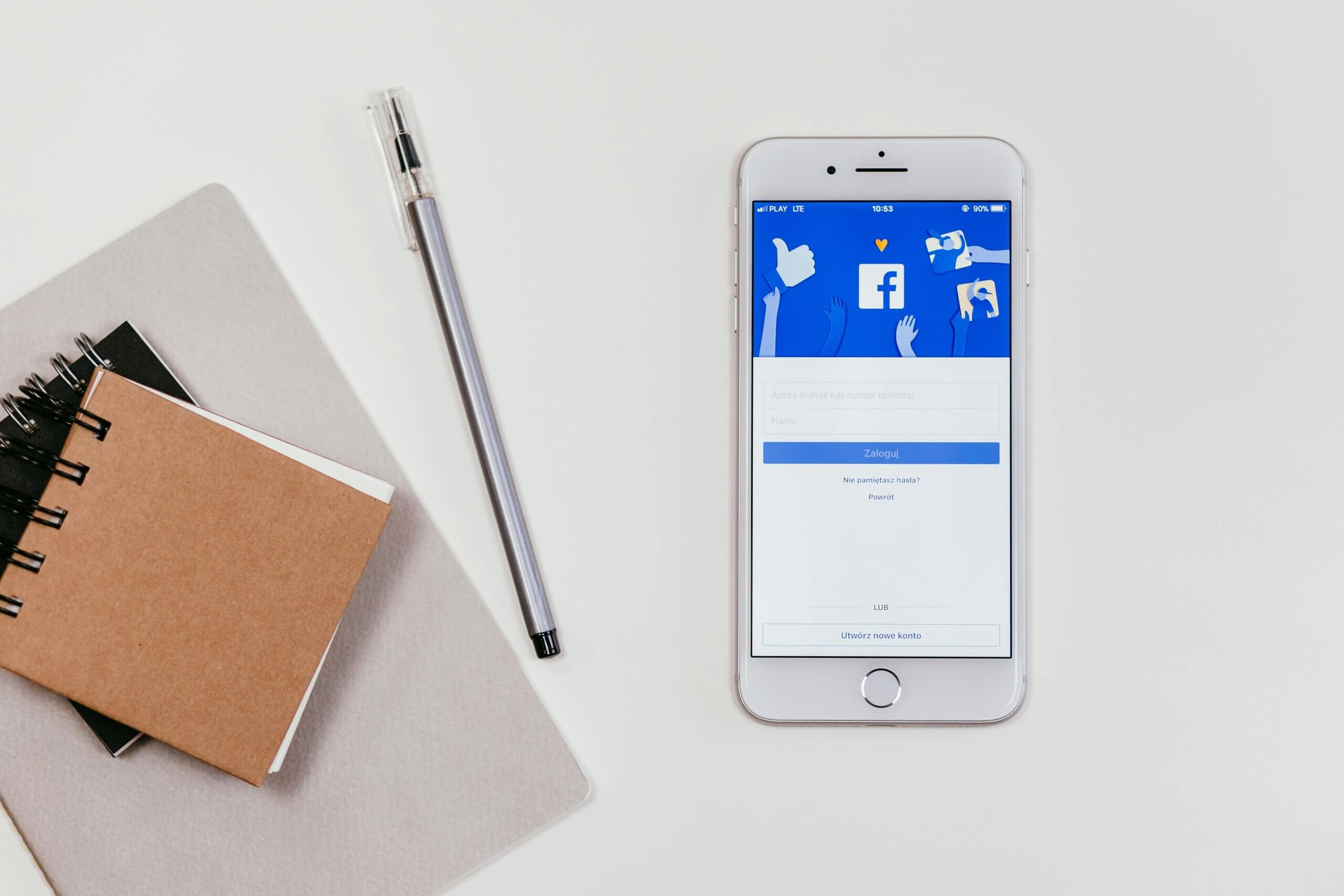
Can People See What I Watch on Facebook?
In today’s digital age, privacy is a top concern for most social media users, including those on Facebook. As one of the largest social platforms in the world, Facebook offers various features that allow users to share and engage with content, such as videos, live streams, and other multimedia. With the rise of video consumption on the platform, users often wonder, “Can people see what I watch on Facebook?”
This article will explore how Facebook handles the visibility of your video-watching activities, explain the different privacy settings available, and provide tips on how to manage and protect your viewing history.

Facebook Video Watching: How It Works
Facebook offers a wide array of video content, including:
– Facebook Watch: A video-on-demand service featuring shows, series, and user-generated content.
– Shared Videos: Videos shared by friends, pages, and groups you follow.
– Live Streams: Real-time broadcasts by users, public figures, and organizations.
When you watch a video on Facebook, the platform logs your activity, but the visibility of that activity can vary depending on several factors such as privacy settings, interaction with the video, and whether you share it with others.
Can People See What You Watch?
By default, Facebook does not automatically share your video-watching history with your friends or the public. However, certain actions you take while watching a video may be visible to others. Let’s break this down:
1. When You Interact with the Video
If you like, comment, or share a video, that interaction will likely appear on your friends’ news feeds or on your profile, depending on your privacy settings. This makes your video-watching activity visible to others.
– Liking a video: When you click the like button on a video, your friends may see this action in their news feed.
– Commenting: When you comment on a video, your friends or followers can see your comment depending on the visibility of the post and your privacy settings.
– Sharing: If you share a video to your timeline or in a group, it becomes part of your shared content, making it visible to those who can see your profile or the group’s content.
2. Watching Public Videos
Videos shared by public pages or accounts are visible to everyone. If you interact with these videos in any way (like, comment, or share), your activity is likely visible to others unless your privacy settings dictate otherwise.
If you simply watch a public video without interacting, your friends will generally not know you watched it. However, Facebook may use this data for internal purposes, such as recommending similar videos to you.
3. Facebook Stories
If you watch a video on someone’s Facebook Story, the person who posted the Story will be able to see that you viewed it. Unlike regular video posts, Facebook Stories provide the poster with a list of people who have viewed their content.
4. Facebook Watch Party
When you join a Facebook Watch Party, other participants in the Watch Party can see that you’re watching the video in real-time. The chat feature also allows interaction, which may make your presence more visible to others in the party.

How to Control Your Video-Watching Privacy
While Facebook does not explicitly share your video-watching history, your interactions with videos could still reveal what you watch to others. Fortunately, Facebook provides several privacy settings that allow you to control how much information is shared.
1. Adjusting Your Privacy Settings
You can control who sees your interactions on Facebook by managing your privacy settings:
– Limit Profile Activity: To limit what people see on your profile, navigate to your Privacy Settings and choose who can see your activity (friends, only me, custom, etc.).
– Limit Post Visibility: When interacting with public videos, use the drop-down menu next to your post to control its visibility. You can set it to public, friends only, or specific people.
– Timeline Review: Enable Timeline Review so you can approve any posts or tags before they appear on your profile.
2. Video Watch History
Facebook automatically logs your video-watching history, which is private by default. However, you can access and manage this history through your Activity Log. To delete your watch history:
– Go to Settings > Activity Log > Videos You’ve Watched.
– Here, you can clear your entire video history or remove specific videos from the list.
3. Avoiding Interactions
If you want to watch videos privately without revealing any activity to your friends, avoid interacting with the video (liking, commenting, or sharing). Simply watching a video will not notify others, as long as you don’t engage with it publicly.
Tips for Protecting Your Privacy
– Be mindful of sharing and commenting: While watching a video is private, sharing or commenting makes it visible to others. If you don’t want your friends to know what you’re watching, avoid interacting with the video.
– Check story visibility: Be cautious when watching videos in Facebook Stories, as the poster will know you’ve seen their content.
– Regularly clean your watch history: If you’re concerned about privacy, clear your watch history from time to time.
While Facebook doesn’t automatically make your video-watching activity visible to others, your interactions with videos (such as liking, commenting, or sharing) can be seen by your friends or followers. To protect your privacy, you can adjust your privacy settings, avoid interacting with videos publicly, and manage your watch history. By understanding Facebook’s privacy options, you can enjoy content while keeping your viewing habits private.


